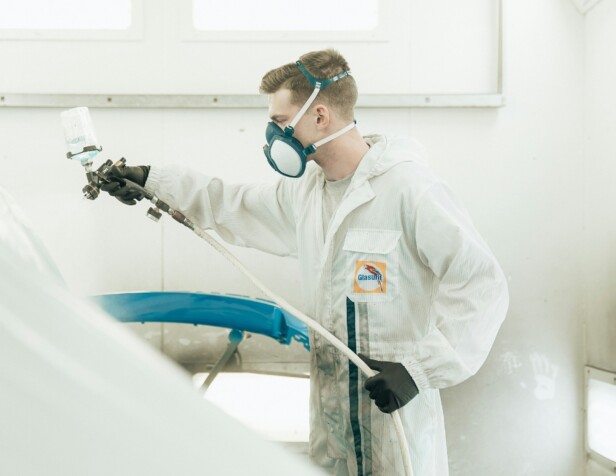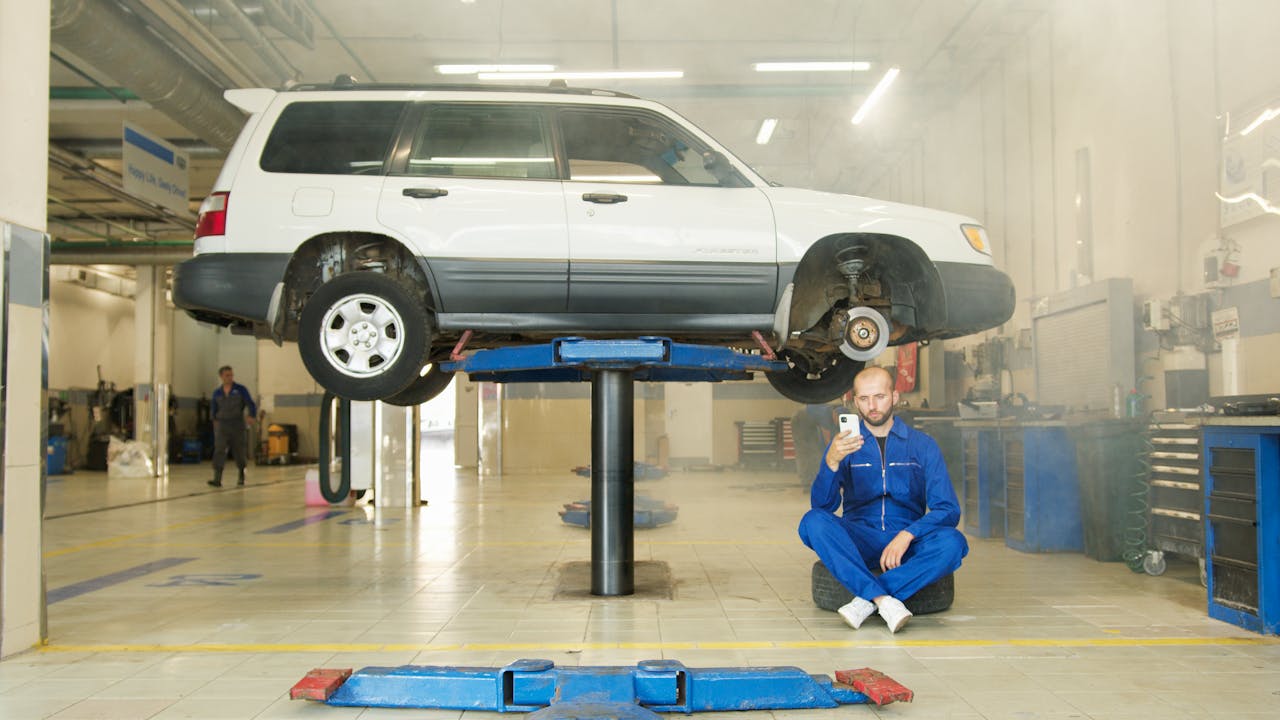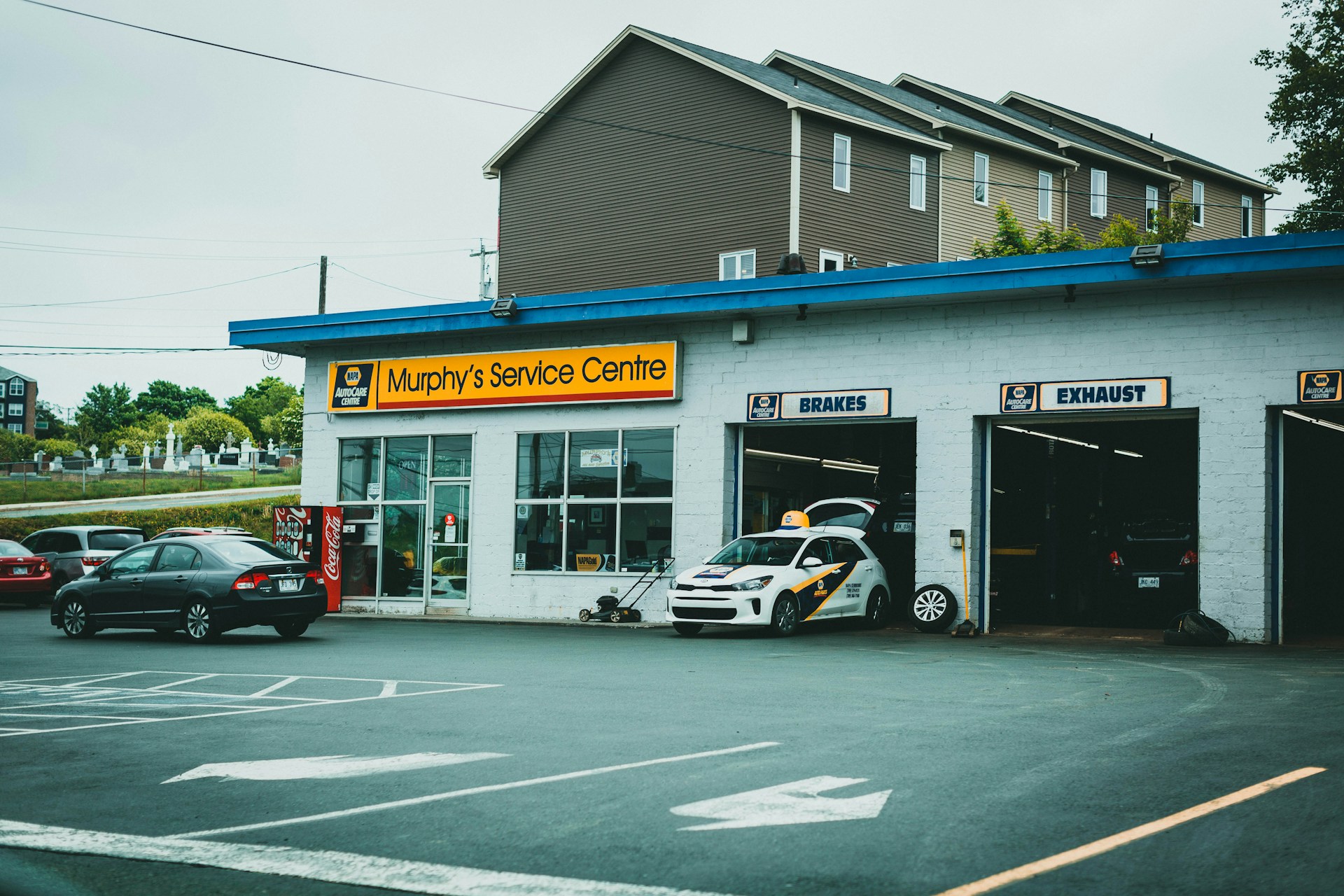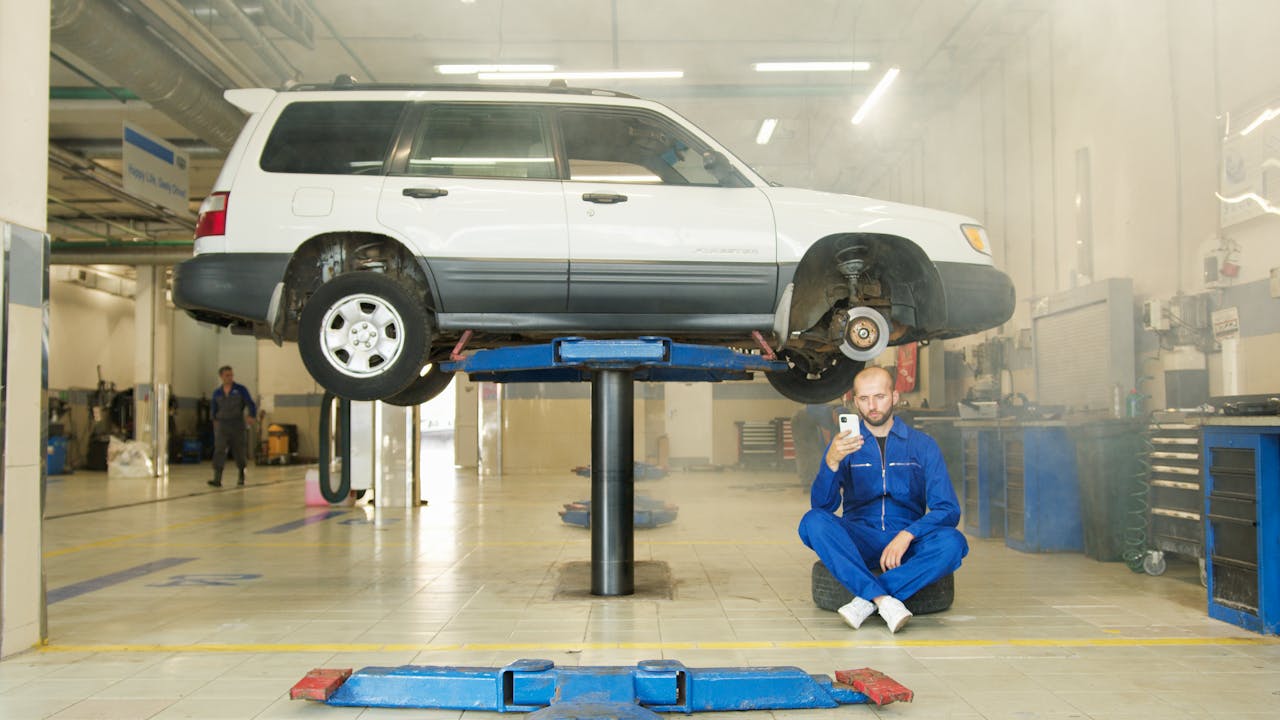Sugar Land’s paint booth permit process has shifted to require physical presence at City Hall. The City of Sugar Land Permits & Inspections office now mandates in-person submittals for all building permits, including paint booth installations.
The process involves two key jurisdictions: municipal building permits through Sugar Land and Texas air authorization through TCEQ. This dual requirement means we coordinate city construction approvals with state environmental compliance from project start.
Which Permits And Approvals Are Required For A Paint Booth In Sugar Land And Texas?
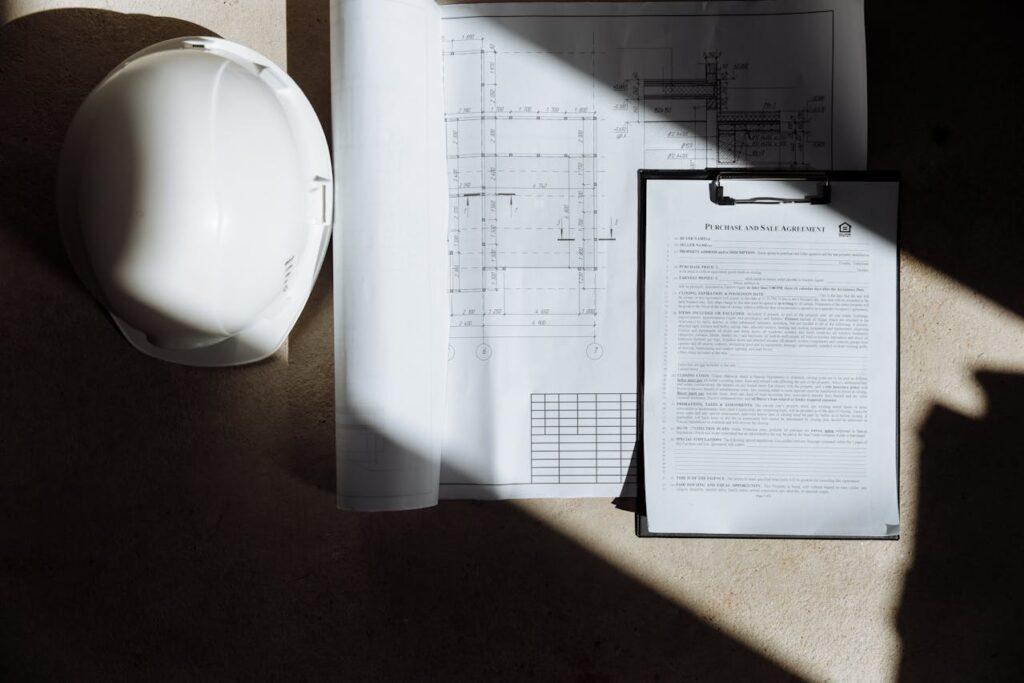
Paint booth installations in Texas operate under a dual regulatory framework. We coordinate with both municipal and state agencies to secure the necessary approvals.
City Of Sugar Land Building Permits
Sugar Land requires building permits submitted in person at the Permits Office. The city’s current process mandates a USB drive containing your complete plan set as a single PDF file. Supporting documents must appear as separate PDF files on the same USB.
Plan review forms part of the standard approval process. After permit approval, we request inspections through the city’s online inspection request form. Fire inspections require a separate fire inspection request form, also available through the city’s digital system.
Texas Commission On Environmental Quality Authorization
The Texas Commission on Environmental Quality requires air authorization for all spray operations. Most auto refinishing shops qualify under Permit by Rule 106.436, which covers repair and refinishing of motorcycles, passenger cars, and trucks. Other surface coating operations may fall under Permit by Rule 106.433 or Permit by Rule 106.435 for classic and antique vehicle restoration.
TCEQ enforcement carries significant weight. Noncompliance can result in penalties up to $10,000 per day of violation. These fines underscore the importance of proper air authorization before beginning any spray operations.
Sugar Land Stormwater Requirements
Stormwater permitting depends on your project scope and classification. Projects disturbing one acre or more require a Land Disturbance Permit. This requirement also applies to smaller disturbances that form part of a larger common development plan.
New development or redevelopment projects need a Post Construction Stormwater Quality Permit to obtain Certificate of Occupancy clearance from the Stormwater Department. This permit remains active for the life of the site and requires annual renewal. Industrial facilities must also comply with additional stormwater discharge requirements enforced by Sugar Land under TCEQ and EPA standards.
What Plans And Documents Should A Mechanic Shop Submit With The Application?
Sugar Land requires a comprehensive document package for all mechanic shop paint booth permit applications. We organize these submittals according to the City’s strict formatting requirements to ensure smooth plan review processing.
USB Drive Requirements
The City mandates that all plan submittals arrive on a USB drive. Your complete plan set must be formatted as a single PDF file on this drive. Supporting documents must appear as individual PDF files, not combined with the main plan set.
All files must be in PDF format at the time of submittal. Paper documents or other file formats are not accepted during the current in-person application process at the Permits Office.
Core Plan Set Components
We prepare architectural, structural, mechanical, electrical, plumbing, fire, health, and civil plans for paint booth projects. Each discipline addresses specific code requirements and system coordination necessary for proper booth operation.
Mechanical plans detail ventilation systems and exhaust configurations. Electrical plans show power distribution, lighting, and control systems. Plumbing plans address any wash stations or water connections required for booth operations.
Fire plans incorporate sprinkler systems, alarm connections, and emergency shutoffs. Civil plans cover site preparation, drainage, and utility connections.
Supporting Documentation Checklist
Completed applications and permit forms represent the foundation of every submittal package. Revision or resubmittal narratives explain any changes from previous submissions. Scope of work documents clearly define project boundaries and construction activities.
Response letters address comments from previous plan review cycles. Sugar Land design standards references ensure compliance with local requirements. Energy compliance documentation demonstrates adherence to current conservation codes.
Manufacturer specifications provide detailed equipment information for all booth components. Safety Data Sheets (SDS) document chemical properties of paints, solvents, and cleaning agents used in operations.
Professional Registration And Inspection Reports
TAS/TDLR registration numbers verify that accessibility reviews have been completed for projects over $50,000. These numbers connect your project to the state’s architectural barriers compliance system.
Asbestos reports address existing building materials in renovation projects. Third-party inspection reports cover specialized systems like fire suppression or structural assessments. Special inspection reports document quality control measures for critical construction elements.
Payment Options
Sugar Land accepts credit cards, checks, or money orders for permit fees. Payment processing occurs during in-person submittal at the Permits Office. We verify fee calculations against current city fee schedules before arriving for application submission.
How Do Texas Air And Equipment Rules Shape Booth Design And Siting?
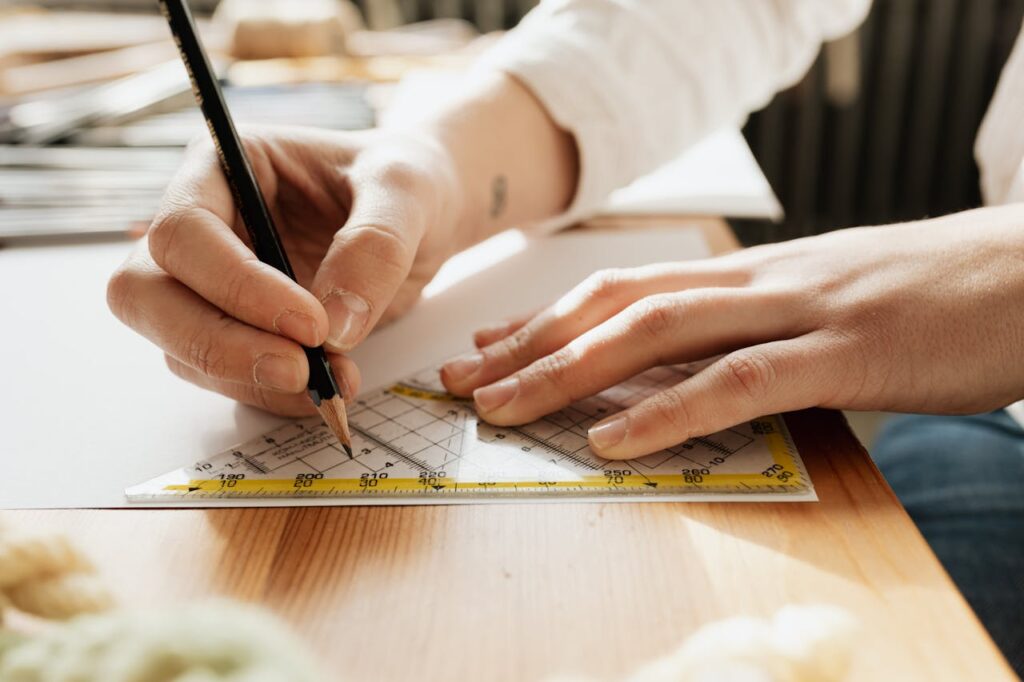
Texas regulations transform abstract permit requirements into specific design decisions. Every paint booth configuration must balance operational needs with precise regulatory compliance that affects everything from building placement to ventilation design.
Distance Requirements Drive Site Planning
Paint booths require 50-foot setbacks from sensitive properties including homes, parks, schools, and medical facilities. This setback requirement often determines where we can position the booth within the overall facility layout. The distance is measured from the booth structure itself, not just the exhaust stack.
When we evaluate site plans, this 50-foot buffer becomes a primary constraint. Urban locations face particular challenges since residential and commercial properties frequently sit closer to industrial boundaries. The setback applies to current land uses, not zoned classifications, meaning actual site conditions drive compliance.
Exhaust Stack Height Calculations
Stack height requirements depend on surrounding building conditions. If other buildings within 200 feet exceed the shop height, the exhaust stack must reach at least 1.2 times the height of the tallest nearby structure. When no taller buildings exist within that 200-foot radius, the stack needs 1.2 times the shop’s own height.
For typical body shop operations, Texas guidance recommends 1.5 times the building height as a practical standard. This additional margin helps ensure adequate dispersion while accounting for measurement variations and potential future construction nearby.
Rain Protection Without Flow Restriction
Standard gooseneck caps and cone-shaped rain guards violate Texas air quality requirements. The exhaust must discharge vertically without obstruction. We design rain protection systems that allow water drainage while maintaining unimpeded upward airflow.
Acceptable alternatives include side-drain caps and spring-loaded covers that lift during operation. The key principle is preventing any configuration that could redirect or restrict the exhaust stream.
Volume Thresholds Determine Enclosure Requirements
Paint usage volumes trigger specific containment requirements. Operations using two gallons or more per week must employ enclosed spray booths with filtration systems. This threshold captures most commercial paint operations while allowing flexibility for minimal touch-up work.
The rare exemption for usage below half a pint per hour applies to very limited operations. Most shops exceed this threshold quickly, making enclosed booth requirements the practical standard for ongoing commercial work.
Air Quality Standards and VOC Compliance
PBR 106.436 covers most vehicle refinishing operations, while broader surface coating work may fall under 106.433 or 106.435. Each permit category carries specific emission limits and operational requirements that influence booth design and material selection.
Nonattainment counties face additional VOC content restrictions on coatings. These areas also see increasing emphasis on waterborne paint systems as compliance strategies. We coordinate booth ventilation and curing systems to accommodate lower-VOC materials that may require different temperature and humidity controls.
How Do Reviews And Inspections Get Scheduled And Documented?
Sugar Land operates its own inspection scheduling system that requires specific forms for different inspection types. We coordinate these requests early in the project timeline to prevent construction delays and ensure regulatory compliance.
Sugar Land Inspection Request Process
The city uses dedicated inspection request forms for building inspections and separate fire inspection request forms for fire-related checks. These forms must be submitted through Sugar Land’s system rather than through third-party services or informal communications.
We schedule inspections after receiving permit approval from the building department. The inspection request form requires specific project information including permit numbers, project addresses, and requested inspection types. Sugar Land processes these requests according to their internal scheduling procedures.
Fire Inspection Coordination
Fire inspections require a separate request process through the city’s fire inspection request form. We coordinate fire inspections for paint booth installations to verify compliance with ventilation requirements and fire safety protocols.
The fire inspector reviews exhaust systems, emergency procedures, and safety equipment during these inspections. Any deficiencies identified during fire inspections must be corrected before the inspector can approve the installation.
Plan Review Documentation Requirements
Sugar Land’s current procedures emphasize in-person permit applications with USB-based plan submittals. We maintain complete documentation throughout the review process to support inspection scheduling and approval.
Plan review encompasses multiple disciplines depending on project scope. For paint booth installations, we typically coordinate architectural, structural, mechanical, electrical, plumbing, and fire-suppression drawings as needed for comprehensive review.
On-Site Documentation During Inspections
We keep permits and approved plans accessible on-site during all inspection visits. Inspectors require immediate access to these documents to verify that completed work matches approved specifications.
If corrections are needed during any inspection, we must reschedule the inspection after addressing the identified deficiencies. This rescheduling process can extend project timelines if documentation is not properly maintained or if work deviates from approved plans.
Conclusion And Next Steps
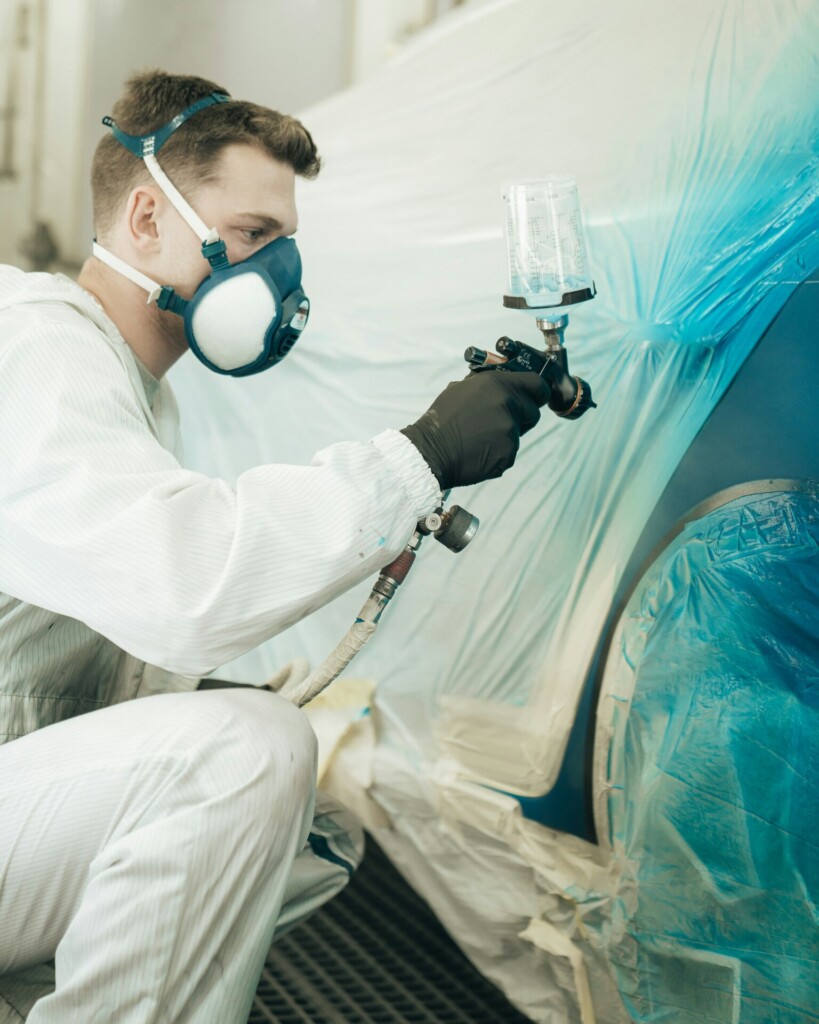
Moving forward with a mechanic shop paint booth permit in Sugar Land requires coordinating multiple permit streams and inspection requirements. We prepare a USB drive containing the complete plan set as a single PDF file, plus all supporting documents formatted as individual PDFs. After submitting these materials in person to the Permits Office, we schedule both city building inspections and fire inspections through Sugar Land’s dedicated request forms.
State-level compliance through TCEQ air authorization remains equally critical for project success. We secure the appropriate Permit by Rule category, whether PBR 106.436 for vehicle refinishing or alternative categories for other spray operations. Projects disturbing one acre or more, or qualifying as new development or redevelopment, require coordination of Post Construction Stormwater Quality Permits to obtain Certificate of Occupancy clearance. We keep all permits and approved plans readily available on-site during inspections, and design booth siting and exhaust configurations to meet Texas height, distance, and airflow requirements from the project’s initial planning phases.
Contact EB3 Construction to discuss your paint booth permitting and construction needs.

